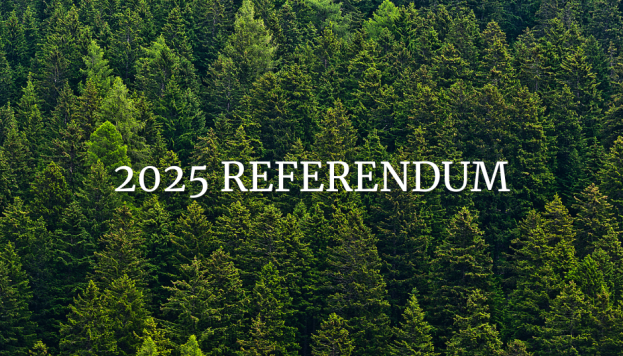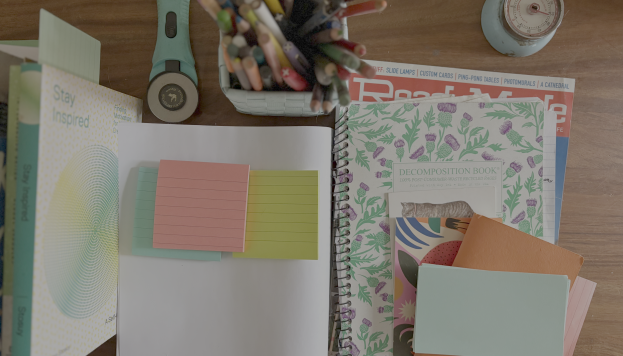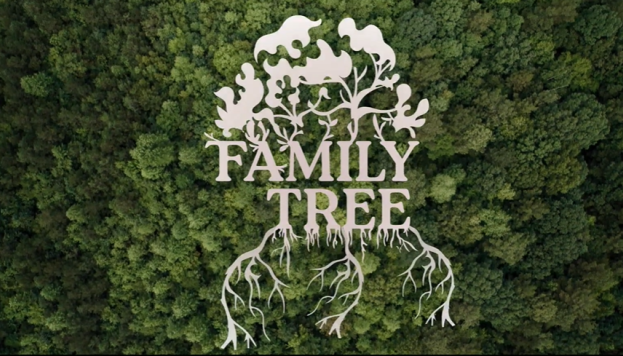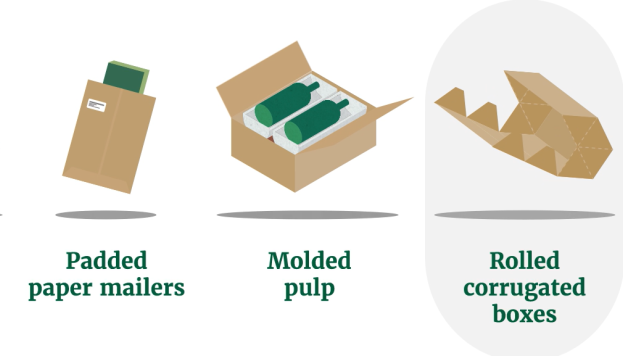Our Forests Continue to Grow
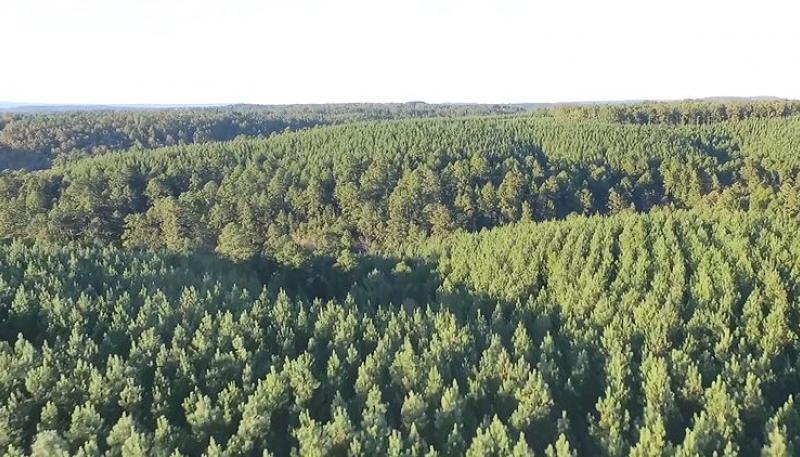
New regulations always bring with them a host of fresh questions, and some have expressed concern that a recent ban in Europe on single-use plastics may drive up paper use, ultimately causing deforestation. Fortunately with paper, it works the other way around. Because forests can be selectively harvested and replanted, they don’t get converted to other uses, like farmland or urban development. The latest sustainable forestry science ensures that our forests continue to grow, while paper and packaging producers balance the use of recycled materials with new fiber to minimize waste.
This is also why claims that toilet paper usage is ruining Canadian forests are misleading. Demand encourages growth that, when done sustainably and responsibly, pays dividends for environmental health. The International Panel on Climate Change noted sustainable maintenance of forests can contribute to climate change mitigation, where emissions resulting from forest loss are largely balanced by regrowing forest, keeping net emissions low. The Canadian Forest Service has also noted that reductions in harvesting would have very little impact on carbon dioxide emissions. Arkansas Congressman Bruce Westerman, who has a master’s degree in forestry from Yale, recently wrote, “The key to keeping forests healthy and resilient is strong demand for forest products – coupled with a commitment to replant more trees than we harvest.”
We see real results with this approach: The areas of the world that consume the least wood continue to experience the greatest forest loss, while the volume of trees within U.S forests is increasing steadily. Today the U.S. has more forested land than in the early 1900s. According to the USDA, the total volume of trees grown in the U.S. southeast increased by 50 percent between 1953 and 2011. Private forest owners grow 40 percent more wood than they harvest every year.
Thanks to the sustainable management practices that allow for more paper-based products, we don’t have to choose between forests and useful consumer products.
